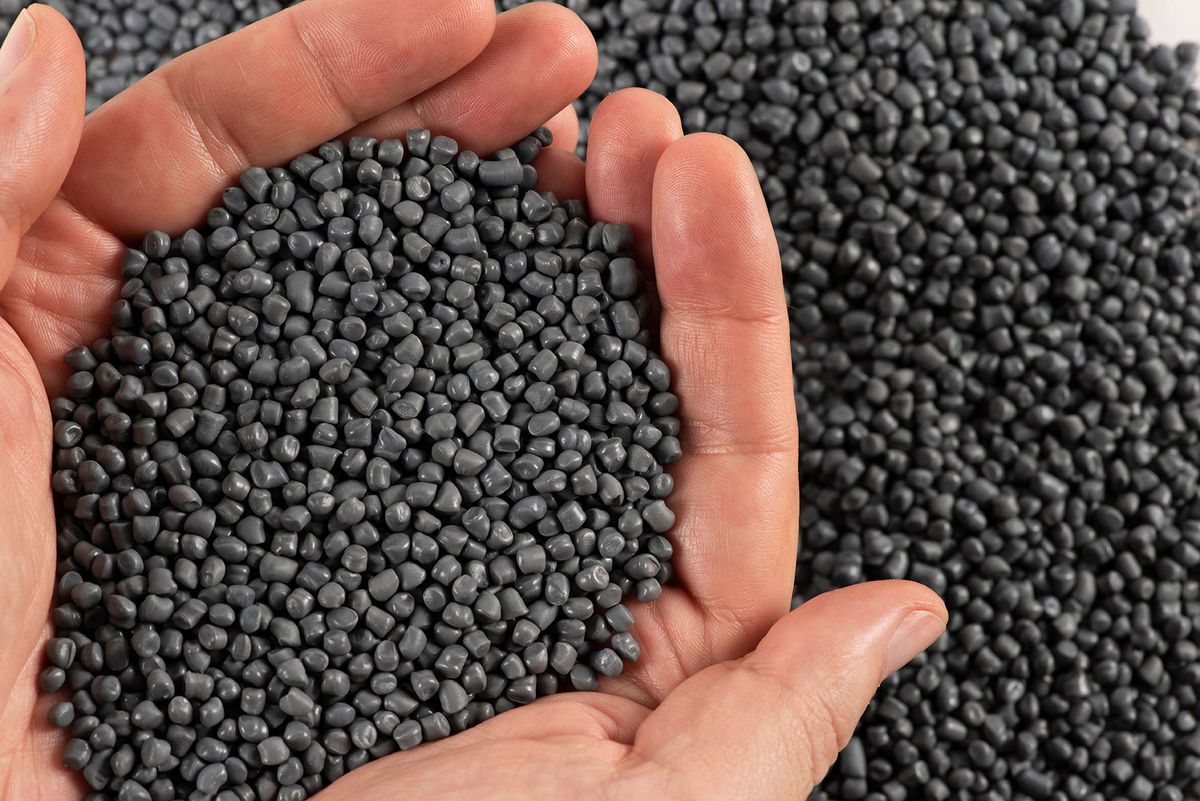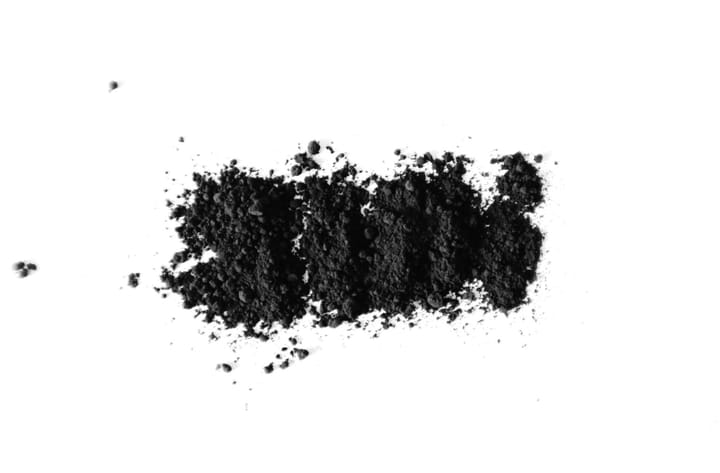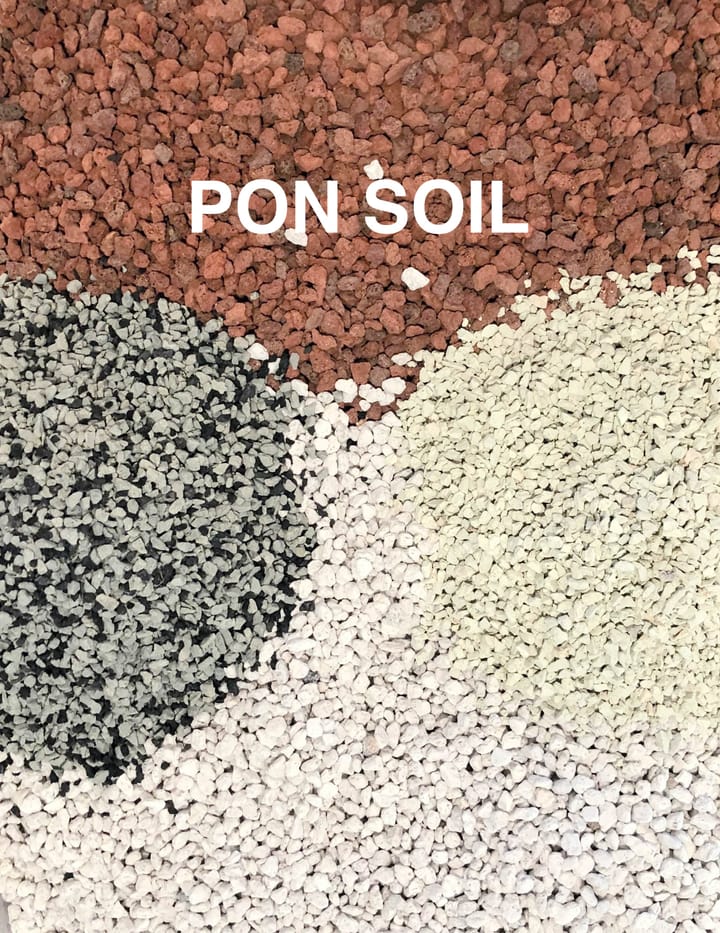Understanding Fertilizer
Understanding fertilizers is essential for promoting healthy plant growth and maintaining soil fertility. Fertilizers are substances added to soil to supply essential nutrients to plants. They can be organic, derived from plant or animal sources, or inorganic, made from artificial chemicals.

When choosing a fertilizer, it is essential to know the ratio of nitrogen (N), phosphorus (P), and potassium (K) listed on the packaging.
These three numbers, known as the N-P-K ratio, indicate the amount of each nutrient and guide you in selecting the right fertilizer for your plant's specific needs and soil conditions.
Understanding the Basics of Fertilizer
Importance of Nitrogen, Phosphorus, and Potassium
Fertilizers play a crucial role in providing essential nutrients to plants, such as nitrogen (N), phosphorus (P), and potassium (K).
These three elements are collectively known as macronutrients and are responsible for essential plant functions.
Nitrogen promotes green foliage growth, while phosphorus supports root and seed development.
Lastly, potassium helps improve overall plant robustness and enhances its ability to resist disease.
Understanding The Fertilizer Ratio
When selecting a fertilizer, you'll notice three numbers on the packaging, such as 10-20-10.
These numbers represent the fertilizer's nitrogen, phosphorus, and potassium percentages.
For example, a 10-20-10 fertilizer would consist of 10% nitrogen, 20% phosphorus, and 10% potassium.
This ratio is crucial for delivering the right balance of nutrients to your plants, as different plants have varying nutrient requirements.
To optimize plant growth and overall health, choose a fertilizer with a ratio that best suits the specific needs of your plants.

Different Types of Fertilizers
Organic Fertilizers
Organic fertilizers are derived from natural compost, manure, and plant or animal byproducts.
They are broken down by soil microorganisms, releasing nutrients gradually to your plants.
Organic fertilizers improve soil structure, increase water-holding capacity, and promote healthy root growth.
There are various types of organic fertilizers, such as:
- Compost: consisting of decomposed plant materials,
- Manure: from livestock like cows, horses, and chickens,
- Bone meal: made from ground animal bones, rich in phosphorus,
- Blood meal: dried animal blood, high in nitrogen.

Synthetic Fertilizers
Synthetic fertilizers, or inorganic or chemical fertilizers, are manufactured using chemical processes.
They provide nutrients to plants quickly and can be customized to meet specific nutrient requirements for different plants and growth stages.
Synthetic fertilizers come in various forms, including granular, liquid, and slow-release forms.
Common synthetic fertilizers consist of varying ratios of nitrogen (N), phosphorus (P), and potassium (K), called the NPK ratio.
They are applied to soil using different methods to ensure efficient plant nutrient uptake.
However, excessive use of synthetic fertilizers may lead to nutrient imbalances, soil degradation, and environmental pollution.
Role of Fertilizer in Plant Growth
Feeding The Plant
Fertilizers provide essential nutrients, such as nitrogen, phosphorus, and potassium, that help plants grow and produce food.
When you apply the right balance of these nutrients to the soil, your plants receive the necessary nourishment for healthy root, stem, and leaf development.
Influencing The Leaf and Fruit Growth
The nutrients in fertilizers directly impact the growth of leaves and fruits.
For example, an appropriate nitrogen balance encourages healthy leaf growth, while potassium aids in fruit and seed development.
By understanding and providing the optimal nutrients to your plants, you'll ensure they produce an abundant harvest.

Understanding Micronutrients
Micronutrients, like iron, zinc, and manganese, also play a vital role in plant growth, although they are required in smaller amounts.
These micronutrients are essential for various physiological functions, such as photosynthesis and enzyme formation.
To maintain a thriving garden or crop, it's crucial to ensure the inclusion of necessary micronutrients in your fertilizer application.
Understanding Soil Tests and Fertilizer Application
Before applying fertilizer to your soil, it's essential to perform a soil test.
A soil test measures the available plant nutrients, helping you make informed decisions about the type and amount of fertilizer.
The results of a soil test typically include measurements of pH, phosphorous (P), and potassium (K).
These results allow you to calculate the appropriate fertilizer application rates for your soil to improve crop yields.
Follow the soil test report recommendations for lime and N-P-K fertilizer applications.
In addition to the primary nutrients, soil tests provide information about secondary and micronutrients.
These additional nutrients should be considered when selecting a fertilizer product.
Remember, it is crucial to maintain a balanced nutrient ratio in the soil to avoid imbalances that could harm plant growth.
Fertilizer application methods vary depending on the type of fertilizer, your specific crop needs, and the stage of plant growth.
Common application methods include broadcasting, banding, or side-dressing.
Ensure proper fertilizer placement and distribution to maximize nutrient uptake and minimize potential environmental impacts.
Frequently Asked Questions
What do the three numbers on fertilizer represent?
The three numbers on a fertilizer label represent the amounts or percentages of nitrogen (N), phosphate (P2O5), and potash (K2O) present in the product. These essential nutrients are often limiting factors for plant growth and health.
How to calculate the right fertilizer amount for plants?
Consider conducting a soil test to calculate your plants' fertilizer amount. It will determine your soil's nutrient levels and help you choose the appropriate fertilizer blend. Then, follow the recommended application rates on the fertilizer label, adjusting as necessary for your plant's needs.
What is the best type of fertilizer for houseplants?
The ideal fertilizer for houseplants typically contains a balanced mix of nitrogen, phosphorus, and potassium in a ratio of 10-10-10 or 20-20-20. Select a water-soluble or slow-release granular fertilizer and follow the label instructions for indoor use.
When should I apply 28-0-3 fertilizer?
A 28-0-3 fertilizer can be applied primarily during the active growing season when your plants require a nitrogen boost. The exact timing will depend on your plants' needs and local climate conditions. Generally, it's a good idea to apply during early spring or fall when nutrient uptake is at its peak.
What are the different fertilizer grades?
Fertilizer grades indicate the product's nitrogen, phosphorus, and potassium concentrations. Common fertilizer grades include balanced (e.g., 10-10-10 or 20-20-20), high-nitrogen (e.g., 24-4-8), or high-phosphorus (e.g., 5-10-5). Choose a grade that matches your soil test results and plant requirements.
How does urea fertilizer benefit plants?
Urea fertilizer is a nitrogen-rich source that promotes plant growth, increases leaf production, and boosts overall plant health. When applied correctly, it provides readily available nitrogen to your plants, enhancing the production of essential proteins and promoting vigorous, healthy growth.



